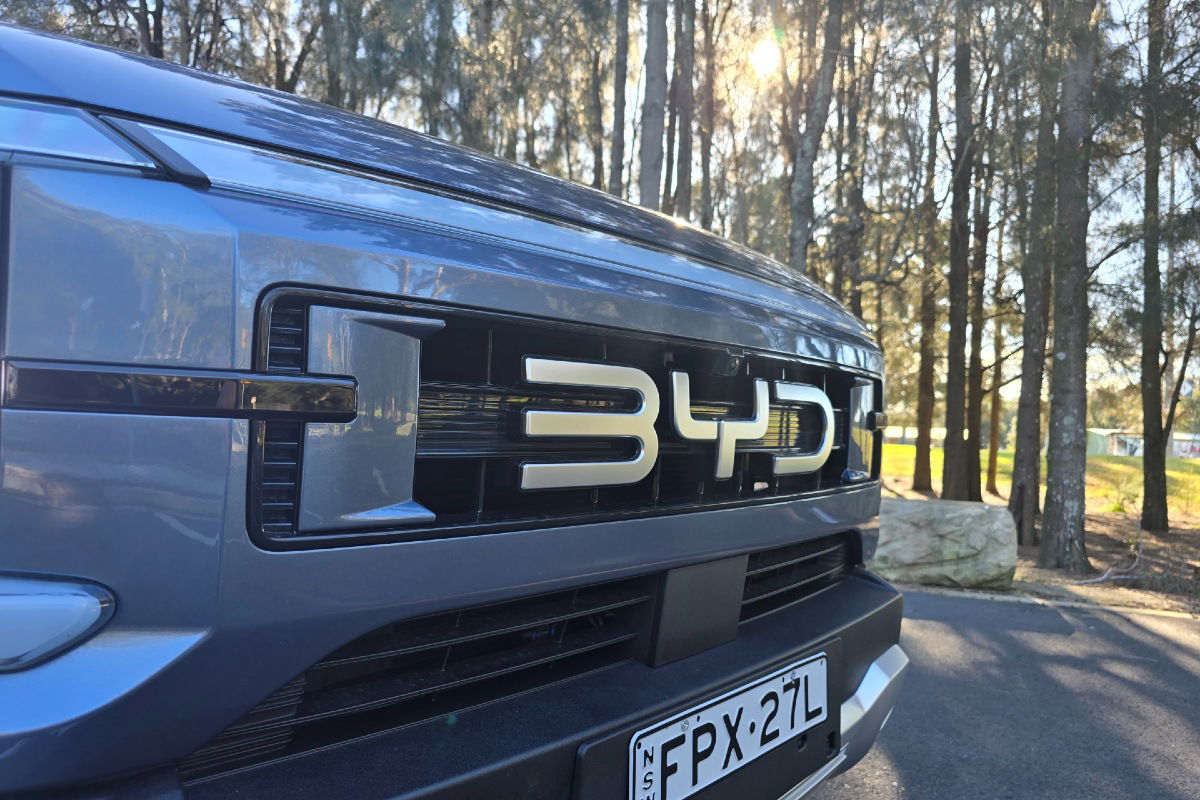
Have we entered the new era of plug-in hybrid (PHEV) utes? Or is it set to be just another fad that we all look back on in the years to come and ask ‘why?’
Obviously there is a lot of hype around the arrival of the Ford Ranger PHEV has attracted plenty of headlines in recent months, but before that BYD beat the Blue Oval to the punch, launching the Shark 6 PHEV (or New Energy Vehicle as BYD prefers) in late 2024. Since then it has made a notable impression on the sales chart, albeit helped by a tax break in the first few months of ‘25.
Still, the fact that, as of the year-to-date sales to the end of May, the BYD is the fourth best-selling 4×4 ute behind only the Ranger, Toyota HiLux and Isuzu D-Max (the perennial favourites). That means this upstart ute has attracted more buyers (at least in the 4×4 segment) than the far-more-established Mazda BT-50, Mitsubishi Triton, Nissan Navara and Volkswagen Amarok. Not to mention comfortably out-selling its Chinese rivals like GWM Cannon, LDV T60 and the JAC T9.
There are some obvious elements to this immediate success, beyond just the fringe benefit tax exemption that applied to PHEV models until April 1, namely its tough looks and highly competitive price – starting from just $57,900 (plus on-road costs). That undercuts the most-affordable Ranger PHEV by more than $14,000; although there are some key differences between the two that we’ll touch on later.
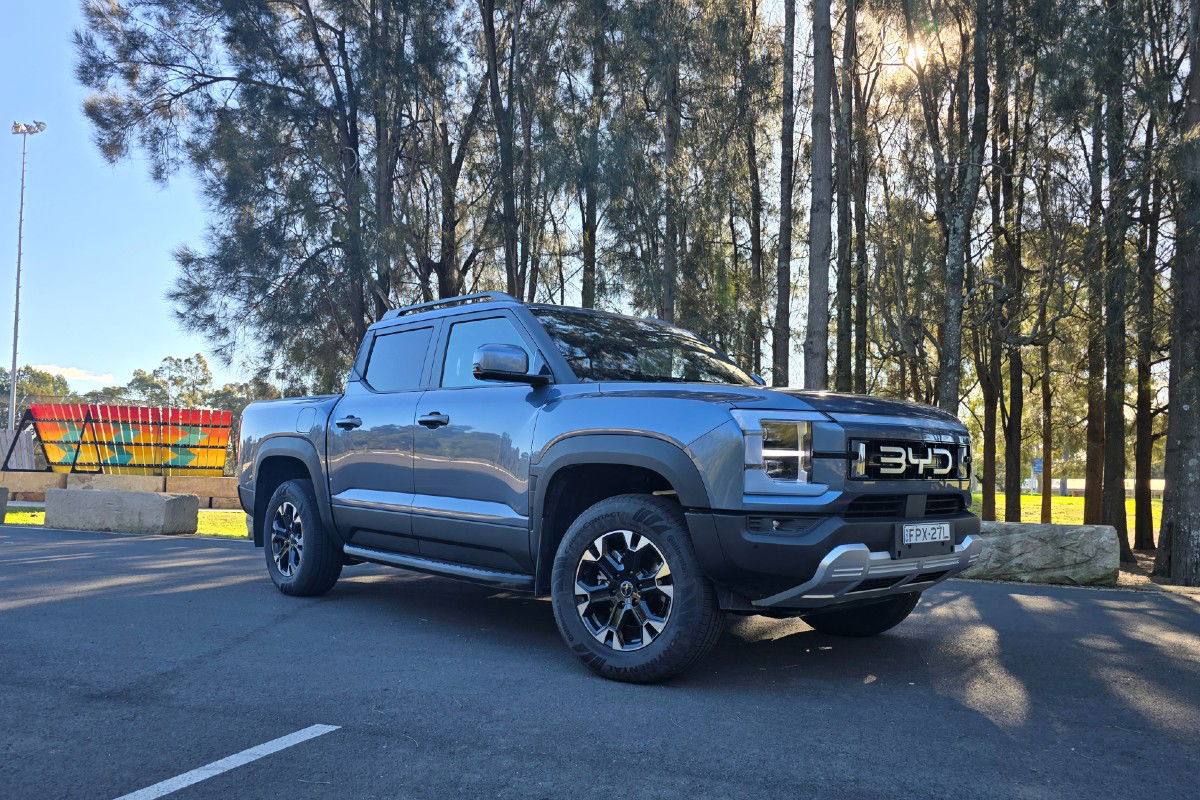
Styling and looks are, of course, subjective and I’m sure not everyone reading this likes the design of the Shark 6. However, what BYD got very right with the Shark 6 was its big, boxy silhouette. Modern ute buyers have made it clear, they want big, bold and boxy utes, nothing too fancy or different from the mainstream; as evidenced by the reaction to the unorthodox design of the Kia Tasman.
The big ‘BYD’ on the grille is a statement piece that shows the brand is here to make its mark and not play down its newness in the market (and it also looks a lot like the F-O-R-D on the Ranger Raptor that people seem to love).
Inside, though, the interior is far less rugged and more refined. It’s obviously not a luxury vehicle but the cabin is much closer to an SUV than the kind of hard-working, hard plastics, hose-out utes of old. The design elements are very similar to the rest of the BYD range, such as the 15.6-inch central infotainment touchscreen, which in trademark BYD style rotates between portrait and landscape. It fits in nicely within the BYD range, but whether you love the look or are ambivalent to it is, again, a subjective call.
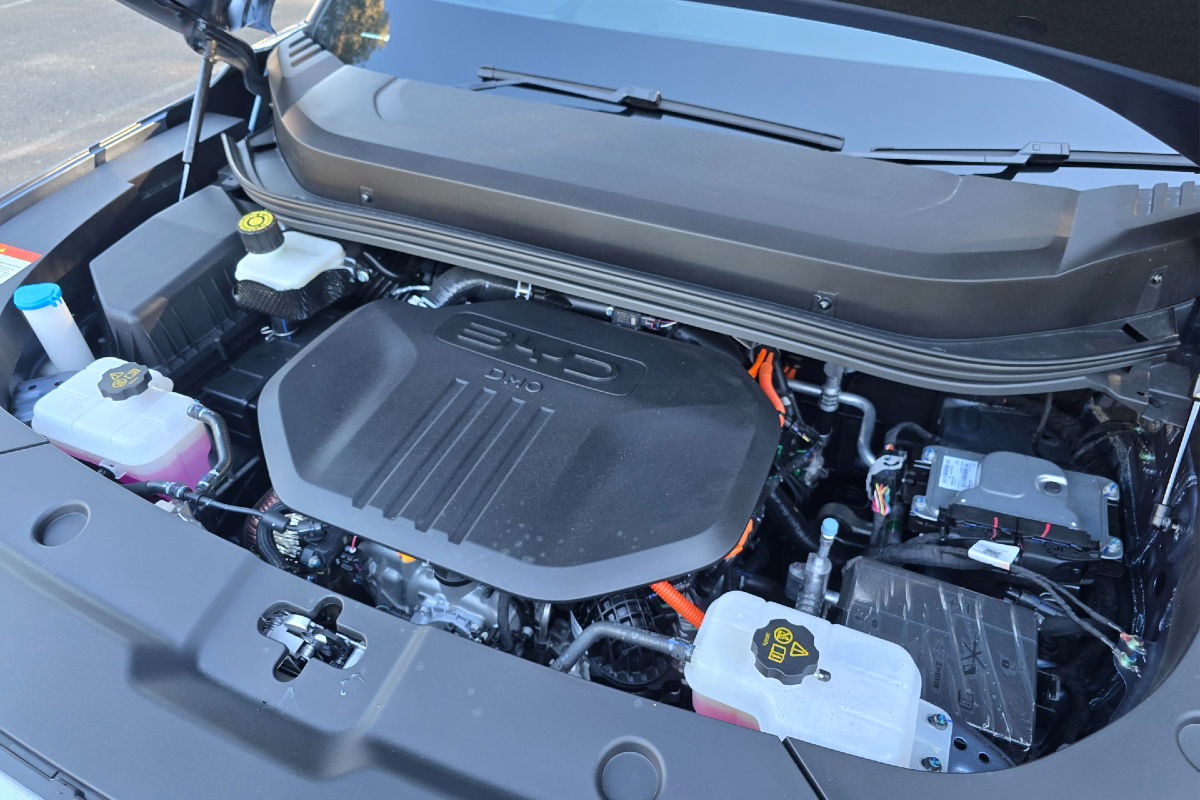
Obviously the key factor in the appeal of the Shark is what’s under the bonnet, its plug-in hybrid powertrain. Although, technically speaking it’s a range-extender electric vehicle with its 1.5-litre turbocharged engine acting primarily to charge the batteries and only drives the front wheels in specific conditions.
Crucially, the relatively large (for a PHEV) 30kWh battery provides a claimed electric driving range of up to 100km, significantly more than the 49km claimed by Ford for the Ranger PHEV. However, there are a few caveats with that, namely the BYD figure is from the more generous NEDC testing cycle, while the Ranger is to the more real-world-achievable WLTP test.
While the combination of two electric motors – one on each axle – and the turbocharged petrol engine provide 321kW of power and 650Nm of torque, which is a lot of grunt for a dual-cab ute.
For comparison, the Ranger Raptor with its 3.0-litre twin-turbo V6 petrol engine claims 292kW and 583Nm.
On top of the 100km of EV driving, which we found a little optimistic even in urban conditions, BYD claims up to 800km of driving range thanks to the petrol engine, so there’s no concern about ‘range anxiety’ even if you can plug this ute into a powerpoint.
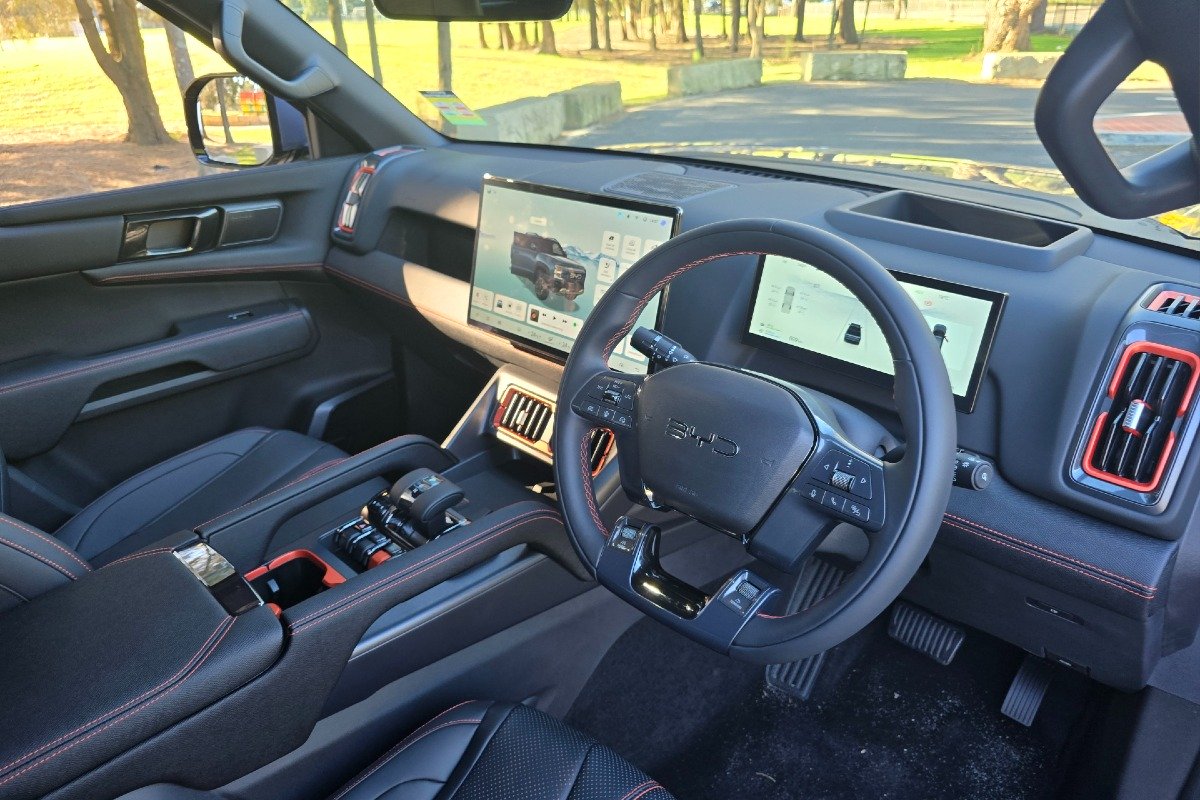
Despite having the edge of Ford in both price and performance, the Shark does have some very notable shortcomings compared to its most direct rival, the Ranger PHEV. The BYD is only rated with a 2500kg towing capacity, compared to the 3500kg that’s considered the expected level for utes in this segment, and crucially that’s what the Ranger PHEV can tow.
The Ford also has a tried and tested reputation of off-road performance, something that BYD has not yet had time to demonstrate to potential buyers, but the Blue Oval was insistent that the Range PHEV be just as capable as its diesel-powered models in every respect.
But, if all you want is a practical, urban-friendly ute, which is something seemingly an increasingly large number of people do want, then the Shark 6 has a lot of appeal. In our time behind-the-wheel we enjoyed the whisper quiet running in EV mode, but noticed the battery charge dropping rapidly with each trip so switched to the hybrid mode for most of our time. Not that EV mode is not usable, but based on our experience the 100km claim is generous and the genuine number is probably somewhere in the 85-90km range.
Even in hybrid mode the Shark’s trip computer claimed we were using around 5.2L/100km, which is an impressive return for a big ute and underscores on of the big appeals of a PHEV, as it reduces fuel consumption but still give you freedom to roam if there are no battery chargers.
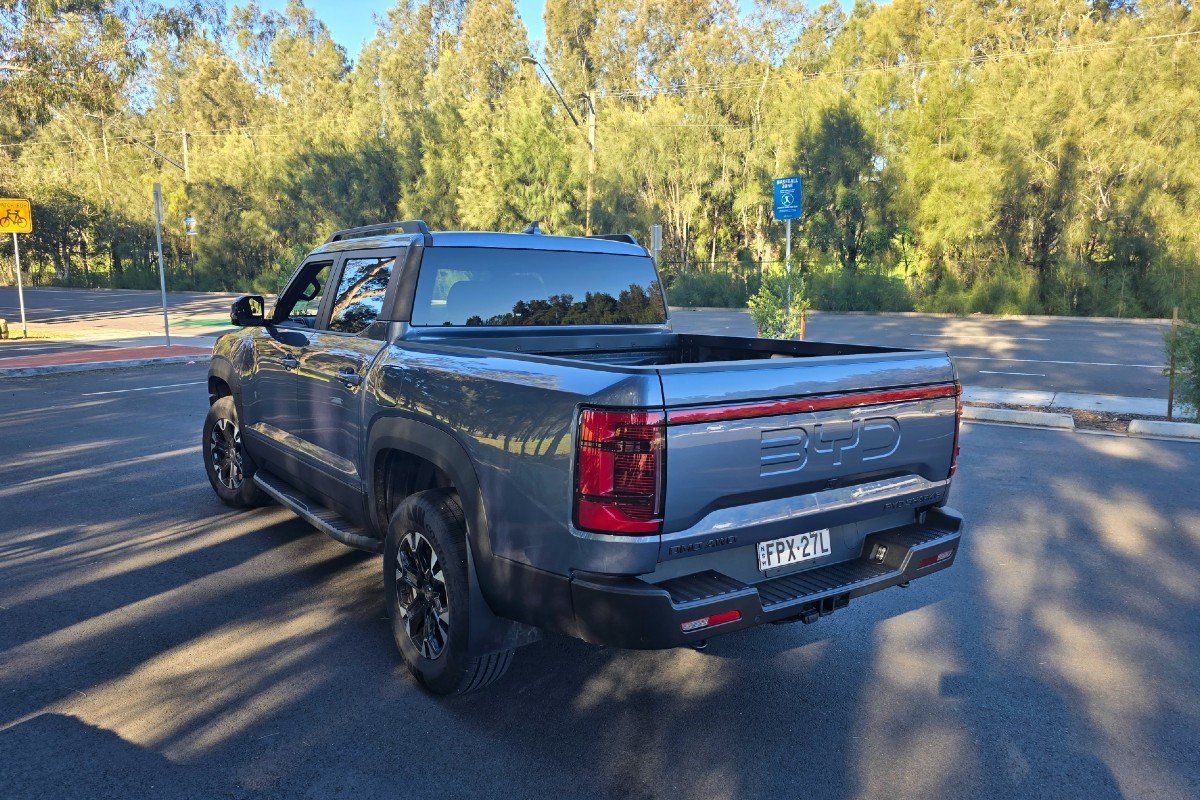
If you did buy a Shark, we would recommend installing a home charger so you can keep the battery topped up every couple of days and if your commute is short enough, then you could probably manage most trips in EV mode.
So, to answer the question posed at the start of this review – is this a new era or just a passing fad? It’s too early to make a definitive call, honestly, but the Shark 6 certainly lives up to the hype it generated. It’s easy to understand why it has become a sales hit already, although it will likely remain behind the Ranger and HiLux unless it dramatically expands its line-up (including adding a 4×2).
Still, for those who don’t want to take their ute to the outback or bush-bashing every week but prefer the size and practicality of these load-luggers, then there’s a lot to like about BYD’s offering.












Discussion about this post